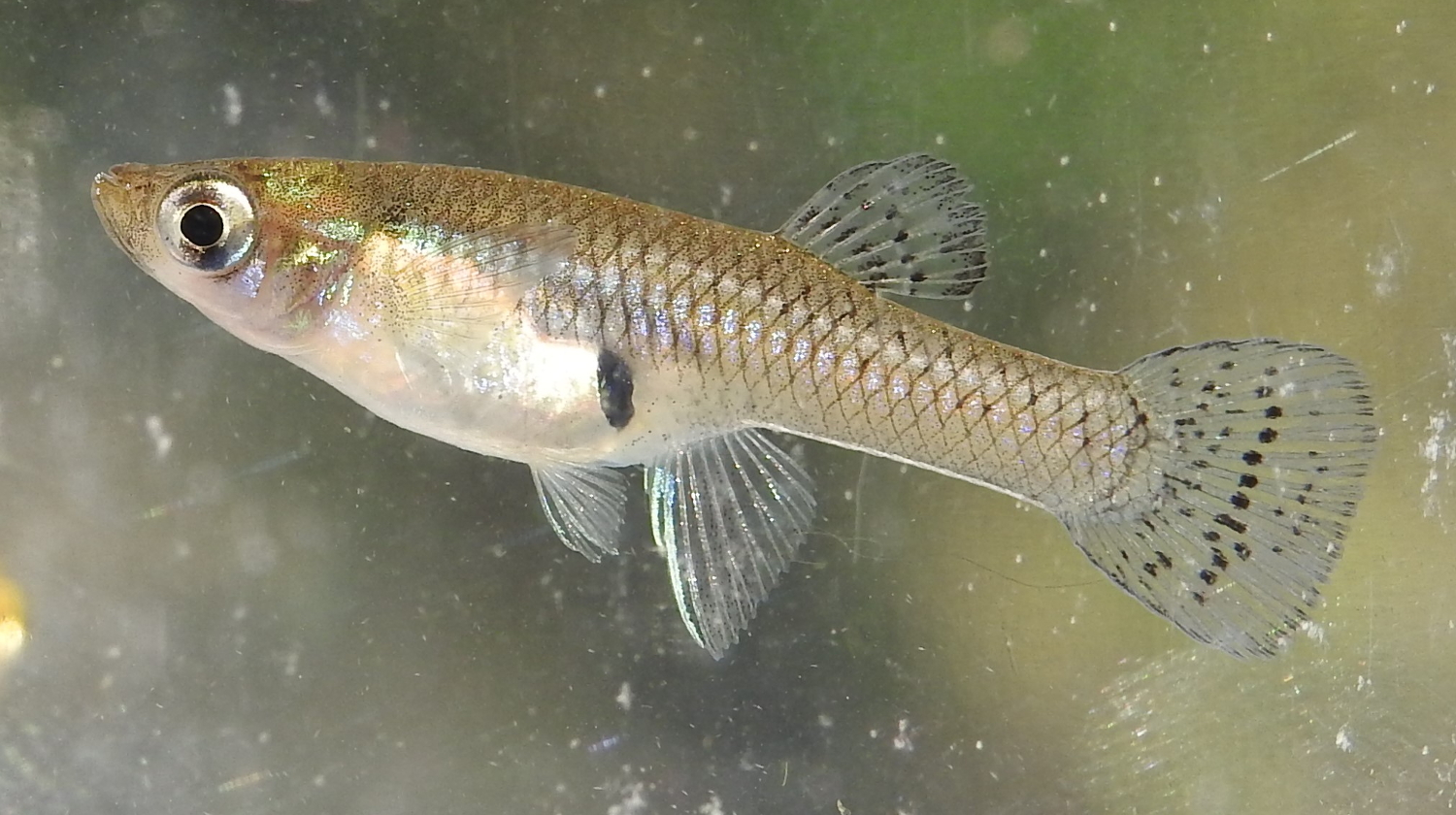GAMBUSIA

2.1.Key features of Gambusia fish include:
-
Size and Appearance: Mosquitofish are small fish, typically reaching lengths of 2 to 3 inches (5 to 7.5 centimeters). They have a streamlined body with a rounded abdomen and a short, upturned mouth. Males are generally smaller and more colorful than females, displaying vibrant colors and patterns.
-
Reproduction: Gambusia fish are livebearers, meaning they give birth to live, fully-formed fry instead of laying eggs. Female mosquitofish can store sperm from a single mating event and use it to fertilize multiple broods over time. They are known for their rapid reproductive rate, contributing to their effectiveness in mosquito control efforts.
-
Mosquito Control: One of the primary reasons for introducing Gambusia fish to various parts of the world is their appetite for mosquito larvae. These fish feed on mosquito larvae, effectively reducing mosquito populations and helping control the spread of mosquito-borne diseases like malaria and dengue fever.
-
Habitat: Gambusia fish are typically found in slow-moving or still freshwater habitats such as ponds, ditches, marshes, and lakes. They can tolerate a wide range of environmental conditions, including brackish water.
|
For Prelims: Aedes mosquito, Gambusia, Mosquito eating fish
For Mains:1.Analyze the role of Gambusia fish (Mosquitofish) in mosquito control and its effectiveness in mitigating mosquito-borne diseases. Discuss the benefits and potential ecological impacts of introducing Gambusia fish to various regions.
2.Gambusia fish has been introduced to numerous countries for mosquito control purposes. Examine the challenges associated with the introduction of non-native species and its potential consequences on local biodiversity and ecosystems. |




